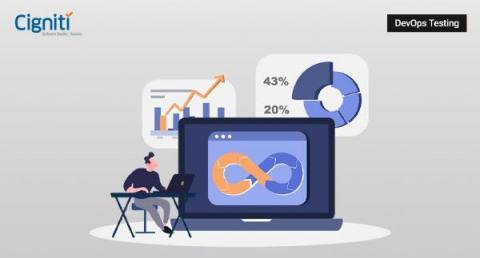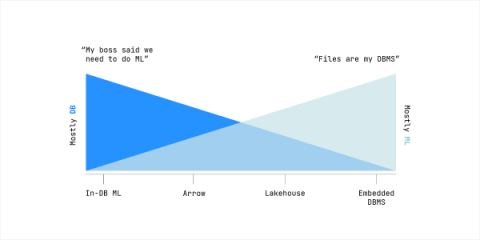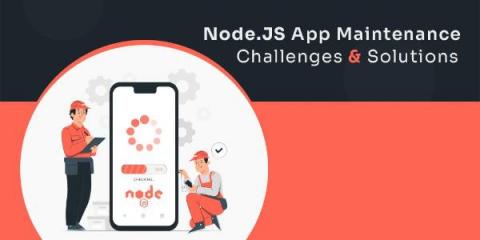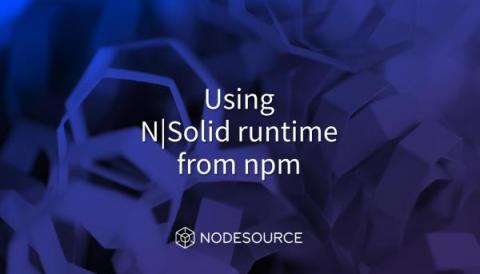Systems | Development | Analytics | API | Testing
Latest Posts
Best Practices and Business Benefits of DevOps Transformation
Every enterprise in today’s competitive environment is undergoing digital transformation. Businesses are attempting to improve their present IT infrastructure and techniques while welcoming new technologies and software development approaches to stay ahead of the competition. Enterprises’ ability to achieve all of this is highly dependent on their willingness to implement best practices for a successful DevOps transformation.
Build and deploy a Flutter Desktop app for macOS
In the previous articles, we learned how to deploy the Flutter desktop for Linux, the web app with Firebase, and S3. And in this tutorial, I will show you how to build and package a Flutter Linux Desktop app with Bitrise.
Can ML be absorbed by the DBMS?
When we think of the various people and teams making use of ML and DBMS, we can place them on a spectrum based on the composition of their work.
Anodot Named by Forrester in Future of Business Intelligence Report
It’s hard to believe enterprise BI platforms have been around for three decades. In that time, they have served the purpose of collecting and analyzing large amounts of data to help businesses make more informed decisions. But in today’s data-driven economy, analysts struggle to keep up with the myriad of business intelligence reports from traditional BI tools – which fail to effectively and efficiently analyze and interpret data in real-time.
2022 Data Delivery and Consumption Patterns Survey: Highlights and Key Findings
The Challenges of Efficiently Maintaining Node.js Apps
Web applications are necessary to enhance the visibility of a business organization and help them achieve better ROI. Therefore, firms need to choose the right web development language to get the best results. Node.js has emerged as a leading programming language for developing web applications. But in hindsight, there are some complications that developers face with Node.js app maintenance.
Snowpark for Python: Bringing Efficiency and Governance to Polyglot ML Pipelines
Machine learning (ML), more than any other workflow, has imposed the most stress on modern data architectures. Its success is often contingent on the collaboration of polyglot data teams stitching together SQL- and Python-based pipelines to execute the many steps that take place from data ingestion to ML model inference.
Using N|Solid runtime from npm
At times, Node.js can feel like a black box. Shifting to an asynchronous programming model changes how developers are required to handle and interpret existing data. There are many solutions out there to help the users gain more visibility; however, it has been proved that all those solutions out there to capture such critical information come with a high toll on the performance of every application implementing them.
The Power of Mentorship
Hello to the Testhouse family! This is my second blog in a series of posts aimed at sharing insights into things I have learned or experienced in my career in testing to date. If you find anything that sparks your interest or have follow up questions, then please do let me know. In my last blog, I touched on mentorship, conferences, and the value of networking. This blog continues the mentoring theme and focuses on the benefits of having a mentor, and how you can go about finding one.











